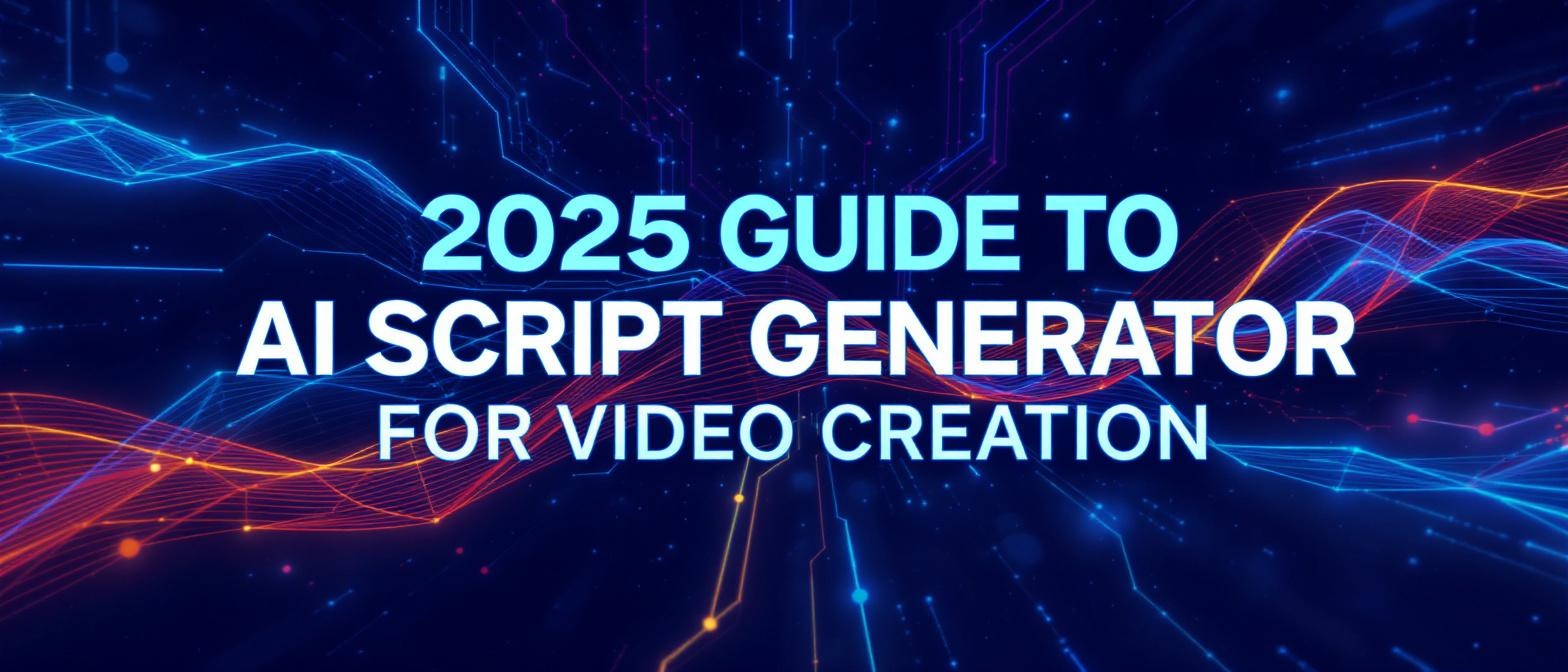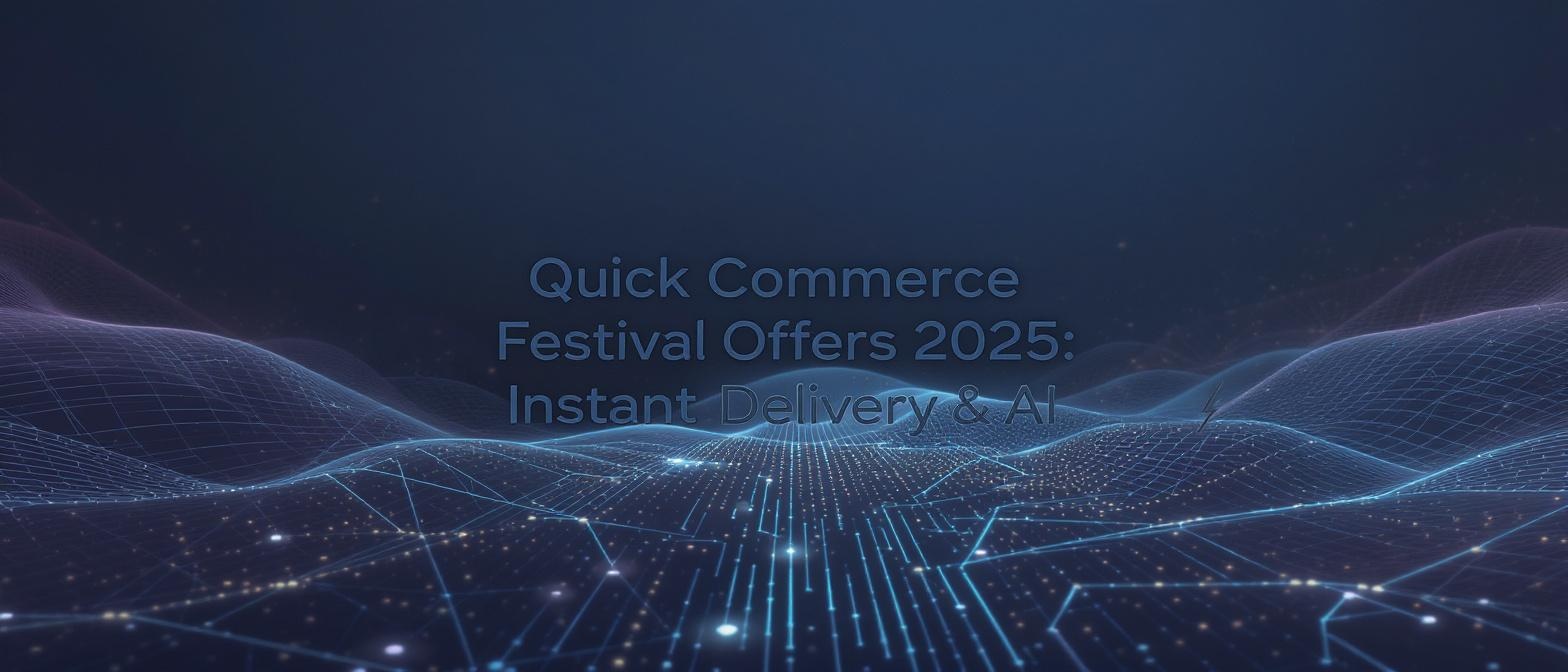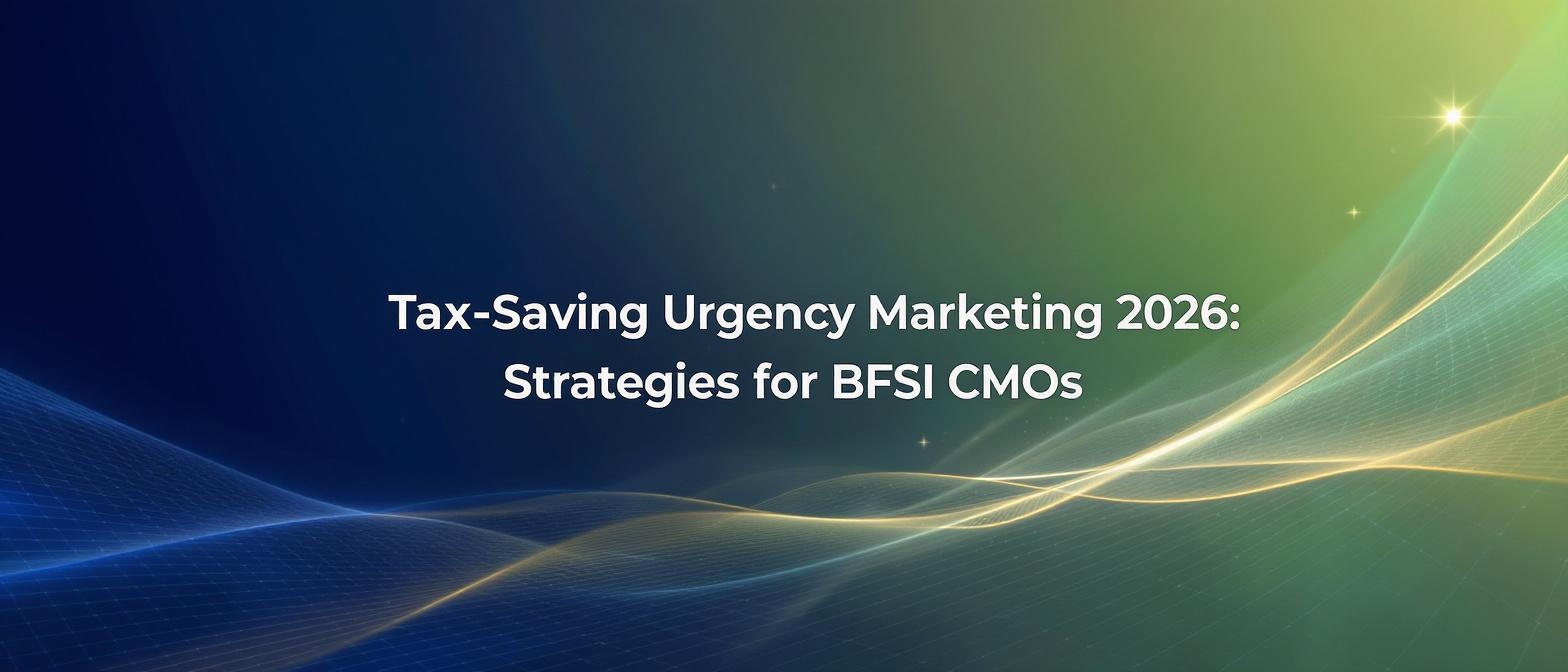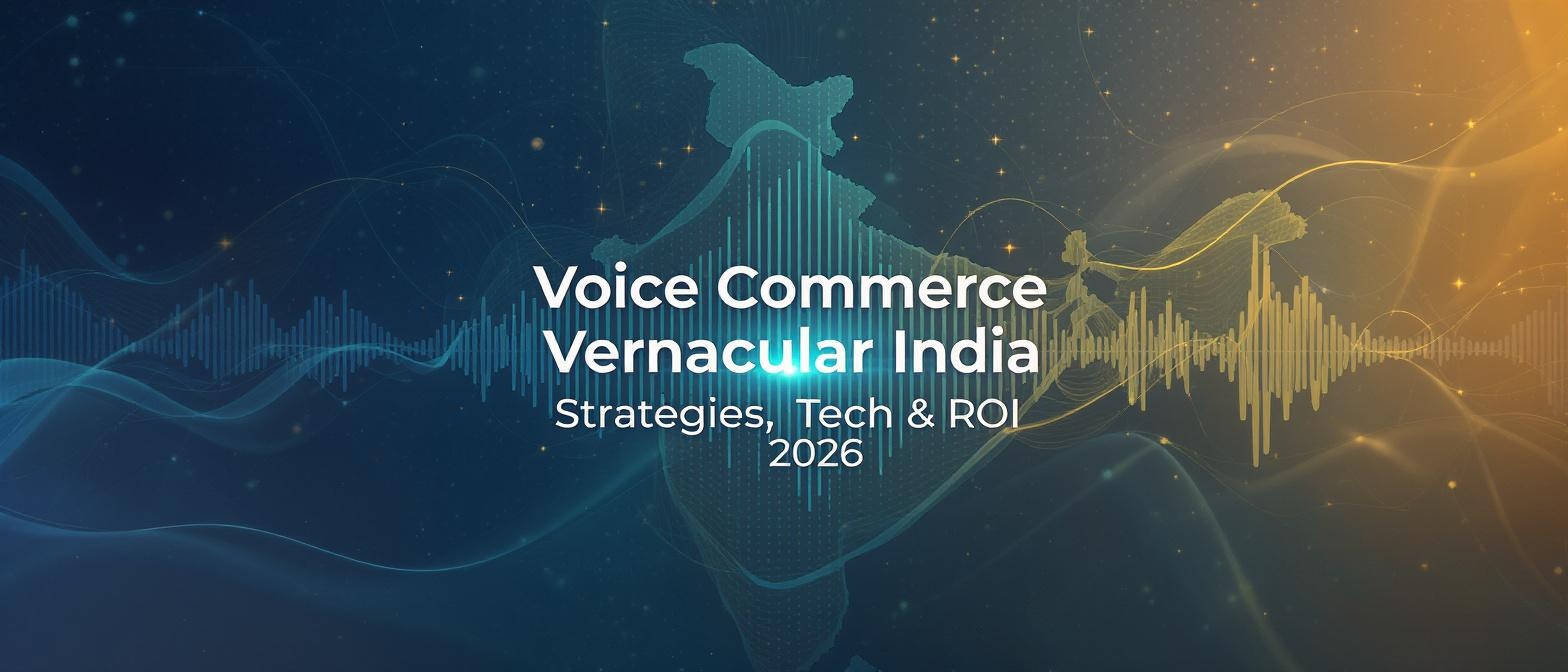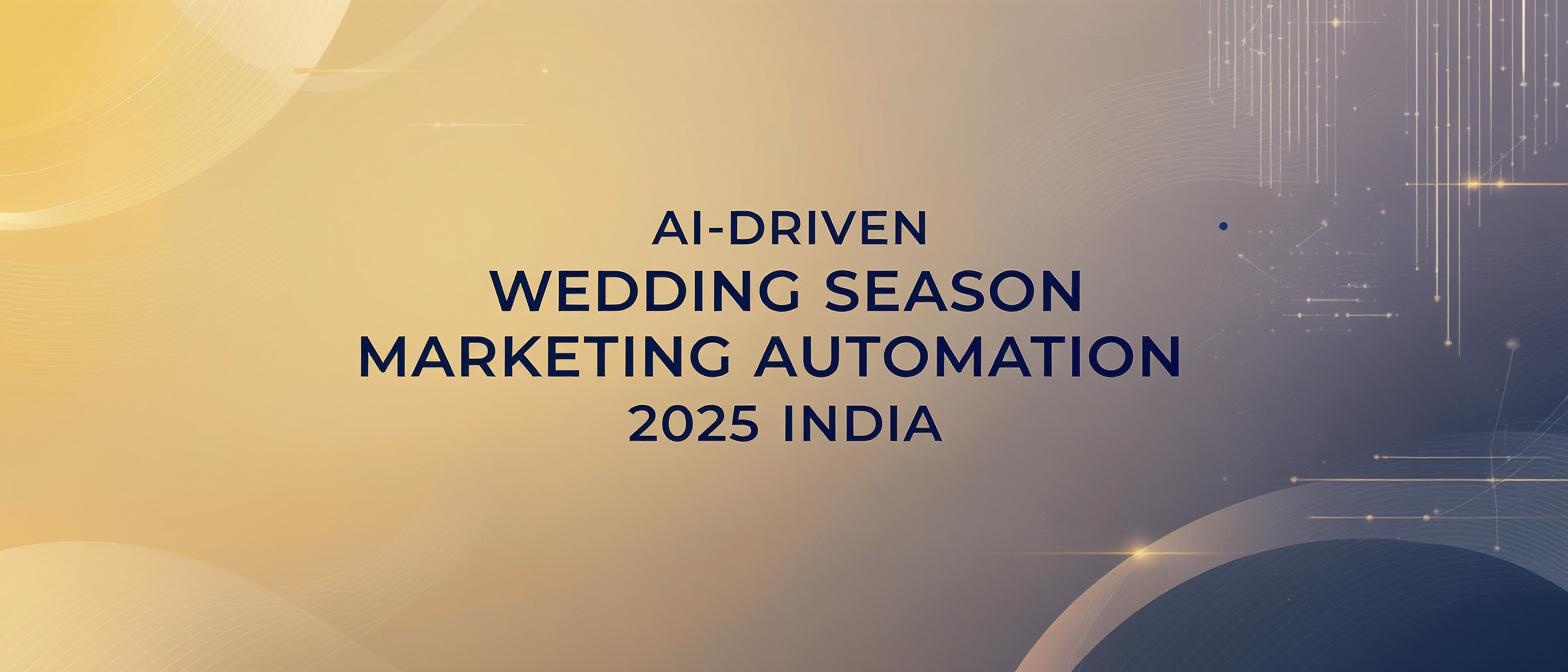The 2025 Ultimate Guide to an AI Script Generator: From Concept to Conversion
Estimated reading time: ~12 minutes
Key Takeaways
- An AI script generator is now essential for efficient video content creation.
- It accelerates production speed and scales your marketing, sales, and training workflows.
- Combines machine intelligence with human creativity for optimal results.
- Maintains brand consistency and easily localizes content for global reach.
- Delivers clear ROI through time savings, reduced costs, and expanded market opportunities.
In the relentless race for audience attention, video content remains the undisputed champion. But behind every high-performing video is a powerful script, and the traditional process of creating one is a notorious bottleneck. Manual scriptwriting is slow, expensive, and often held hostage by the dreaded blank page. This is where a seismic shift is occurring, driven by a transformative technology: the AI script generator.
No longer a futuristic novelty, an AI script generator has become an essential strategic tool for forward-thinking marketing, sales, and training teams. It's the engine of modern content creation efficiency, capable of turning a simple prompt into a compelling narrative in seconds. But its true power lies beyond mere speed. It’s about unlocking creative potential, achieving unprecedented scale, and delivering measurable business results. This comprehensive guide will take you beyond the surface-level benefits, providing a complete framework for understanding, implementing, and mastering AI script generation in 2025. We'll cover everything from the foundational technology to advanced strategies for maximizing your return on investment.
The Seismic Shift: Why Video Script Automation is Non-Negotiable in 2025
The demand for video is insatiable, but the resources to create it are finite. This is the core challenge that video script automation solves. The market itself tells a compelling story: the Generative AI in Content Creation market is projected to expand at a staggering compound annual growth rate (CAGR) of 32.5% between 2025 and 2030. This isn't just hype; it's a reflection of tangible value. A recent HubSpot report found that a remarkable 93% of marketers say video gives them a positive ROI, a figure that highlights the importance of finding scalable production methods.
This creates the "content velocity" problem: how can teams produce more high-quality video content, faster, without burning out or breaking the budget? The answer lies in leveraging AI to automate the most time-consuming parts of the creative process. By automating scriptwriting, teams can dramatically increase their output, enabling more A/B testing, faster campaign launches, and a more agile response to market trends. For a deeper dive into how content strategy is evolving, the Content Marketing Institute offers cutting-edge research on B2B trends that underscores this shift towards efficiency and scale.
Deconstructing the Machine: How Do AI Script Generators Actually Work?
To effectively leverage any tool, it's crucial to understand its mechanics. An AI script generator isn't magic; it's a sophisticated application of artificial intelligence, primarily powered by Large Language Models (LLMs) and Natural Language Processing (NLP).
Here’s a simplified breakdown of the process:
- User Input (The Prompt): It all starts with your instruction. You provide the AI with a prompt that can include the topic, target audience, desired tone (e.g., witty, professional, empathetic), key talking points, video format (e.g., YouTube explainer, TikTok ad), and desired length.
- AI Analysis & Interpretation: The LLM, which has been trained on a colossal dataset of text and scripts from the internet, analyzes your prompt. It uses NLP to understand the context, sentiment, and specific requirements of your request.
- Draft Generation: The AI begins to generate text, predicting the most logical sequence of words and sentences based on the patterns it learned during training. It pulls from its knowledge of common narrative structures, persuasive language, and format-specific conventions to build a coherent draft.
- Iteration and Refinement: The first draft is a starting point. You can then provide feedback and ask for revisions, such as "make the hook more engaging," "simplify this section," or "add a call to action." The AI incorporates this feedback to refine the script until it meets your standards.
This collaborative process is what makes AI script generation so powerful. It combines the raw processing power and knowledge of the AI with the strategic oversight and creative nuance of a human professional, establishing a workflow that is greater than the sum of its parts.
The Core Benefits: 12 Ways an AI Script Generator Revolutionizes Your Workflow
While the competitor's article listed several benefits, we can organize them into a more strategic workflow, adding depth to show how these advantages compound across the entire content lifecycle.
Phase 1: Ideation & Creation
This is where the initial spark happens, and AI acts as a powerful catalyst.
- 1. Obliterate Writer’s Block Instantly: The blank page is the most intimidating barrier to creativity. AI eliminates it by providing an instant starting point, whether it's a full draft, a detailed outline, or a list of creative angles.
- 2. Automate Foundational Research: Instead of spending hours gathering basic facts and figures, you can ask the AI to summarize key information on a topic, which you can then verify and integrate into the script.
- 3. Enhance Storytelling with Proven Structures: AI models are trained on countless successful scripts. They inherently understand narrative arcs like the Hero’s Journey or problem-solution frameworks, helping you structure your message for maximum impact.
Phase 2: Refinement & Personalization
Once the initial draft is ready, AI helps you shape it into a polished, targeted asset.
- 4. Tailor Scripts for Hyper-Specific Audiences: Need one script for C-level executives and another for new junior employees? AI can instantly adjust the tone, vocabulary, and complexity to resonate perfectly with different personas.
- 5. Optimize Tone and Format for Any Platform: A script for a 15-second Instagram Reel is fundamentally different from a 10-minute YouTube deep dive. An AI script generator can reformat and rewrite a core message for the unique stylistic demands of each platform.
- 6. Accelerate Editing and Refinement Cycles: AI tools can suggest improvements for clarity, conciseness, and flow, catching awkward phrasing or grammatical errors. This significantly reduces the time spent on manual line-edits.
Phase 3: Scaling & Globalization
This is where AI unlocks exponential growth and global reach.
- 7. Generate Multilingual Scripts for Global Reach: This is one of the most powerful applications. A single, approved English script can be accurately translated and culturally adapted into dozens of languages, opening up new international markets with minimal effort.
- 8. Ensure Brand Consistency Across All Campaigns: By using a centralized AI tool with defined style guides, you can ensure that every script, whether for sales, marketing, or HR, adheres to your brand’s core messaging and voice.
- 9. Improve Pronunciation and Flow for Voiceovers: Modern tools can generate scripts with phonetic spellings, pacing notes, and suggested pauses, making the final voiceover delivery sound more natural and professional. Platforms like Studio by TrueFan AI (detailed blog here) enable businesses to convert a single master script into dozens of localized versions in minutes, not weeks, complete with perfectly lip-synced AI avatars.
Phase 4: Optimization & Cost Control
Finally, AI connects creative output directly to business performance.
- 10. Reduce Dependence on Manual Processes & Lower Costs: By handling the heavy lifting of first drafts and revisions, AI reduces the hours required from expensive human scriptwriters, freeing them to focus on high-level strategy and creative direction.
- 11. Adapt Scripts Based on Real-Time Performance Data: Is a specific video’s drop-off rate high in the first 10 seconds? You can feed this data back to the AI and ask it to generate ten alternative hooks to A/B test, optimizing your content based on real viewer behavior.
- 12. Scale Content Production at Unprecedented Speed: The cumulative effect of these benefits is the ability to scale your video output by 5x, 10x, or even more, without a linear increase in budget or headcount.
Beyond the Basics: A 5-Step Framework for Implementing an AI Script Generator
Adopting any new technology requires a strategic plan. Simply signing up for a tool is not enough. Follow this five-step framework to ensure successful integration and adoption within your organization.
Step 1: Define Your Goals & Key Performance Indicators (KPIs)
Before you write a single prompt, define what success looks like. Are you trying to:
- Increase content velocity? (KPI: Number of videos produced per month)
- Reduce production costs? (KPI: Cost per video)
- Improve engagement? (KPI: Viewer retention rate, click-through rate)
- Expand market reach? (KPI: Number of languages/regions targeted)
Clear goals will guide your entire implementation process.
Step 2: Choose the Right Tool for Your Needs
The market is flooded with options, from free basic tools to sophisticated enterprise platforms. When evaluating, look for key features that match your goals:
- Quality of Output: Does the AI produce natural, coherent language?
- Customization: Can you train it on your brand’s voice and style?
- Integration Capabilities: Does it offer APIs or webhooks to connect with your existing workflow?
- Security & Compliance: How is your data handled? Is the platform secure and compliant with standards like SOC 2?
- Advanced Features: Do you need features like multilingual support or integrated AI avatars? Studio by TrueFan AI’s 175+ language support and AI avatars based on real influencers are prime examples of premium features that justify investment for global brands.
Step 3: Develop Your Prompting Strategy
The single most important factor for success with generative AI is the quality of your prompts. This is a skill that requires development. Train your team on the principles of effective prompting:
- Be Specific: Provide as much context as possible.
- Define the Persona: Tell the AI who it is ("You are an expert marketer...").
- Provide Examples: Include snippets of text in the tone you want.
- Iterate: Don’t expect a perfect result on the first try. Treat it as a conversation.
For advanced techniques, refer to our 5 Advanced ChatGPT Prompts for Transforming Business Results with AI Video Creation .
Step 4: Establish a Human-in-the-Loop (HITL) Review Process
AI is a powerful co-pilot, not an autopilot. It’s essential to establish a mandatory human review process. The AI should generate the first 80%, but a human expert must always perform the final 20% of fact-checking, brand alignment, and creative polishing. This ensures quality and accountability. A report from McKinsey on AI implementation highlights that the most successful companies are those that effectively combine human talent with AI capabilities.
Step 5: Integrate and Automate
The true efficiency gains come when your AI script generator talks to the other tools in your marketing stack. Use APIs and tools like Zapier to create automated workflows. For example, a new entry in your content calendar could automatically trigger the AI to generate a first-draft script and place it in a shared review document, notifying the project manager. For a detailed strategy, refer to our AI Video API Integration: Strategic Guide for 2025 .
The Bottom Line: Calculating the ROI of Video Script Automation
Investing in an AI tool requires a clear business case. While the creative benefits are significant, the financial return on investment (ROI) is what will justify the expenditure. In fact, forecasts predict that by 2025, 30% of businesses will be using AI specifically to measure marketing ROI, making this a critical competency.
Here’s a simple framework to calculate the potential ROI:
ROI = [ (Cost Savings + Value of Increased Output) - Tool Cost ] / Tool Cost
Let’s break down the components:
-
Cost Savings:
- Time Reduction: Calculate the hours your team spends on manual scriptwriting. Let’s say it’s 20 hours per week at an average blended rate of $60/hour. That’s $1,200 per week. If AI reduces that time by 75%, you save $900 per week, or $46,800 per year.
- Reduced Freelance Costs: Factor in any budget currently spent on external scriptwriters or agencies that can now be handled in-house.
-
Value of Increased Output:
- More A/B Tests: If you can now create 5 versions of an ad script instead of one, you can optimize for performance faster. A 10% improvement in conversion rate on a major campaign can translate to thousands of dollars in revenue.
- Faster Speed-to-Market: How much is a one-week head start on a product launch campaign worth? Quantify the value of that agility.
- New Market Penetration: The ability to launch campaigns in 5 new languages could open up entirely new revenue streams.
Solutions like Studio by TrueFan AI demonstrate ROI through quantifiable reductions in production timelines and the ability to A/B test video creative at scale, directly impacting conversion rates and lead generation. When you present the investment in this way, it shifts from being a "cost" to a clear "revenue driver." For more on this, Forbes provides excellent analysis on calculating business ROI.
Navigating the New Frontier: Ethical Considerations and Best Practices
With great power comes great responsibility. As we embrace AI in content creation, it’s crucial to proceed ethically and transparently to build and maintain audience trust. This is a key pillar of demonstrating E-E-A-T (Experience, Expertise, Authoritativeness, and Trustworthiness).
- Copyright and Originality: Reputable AI tools are designed to generate original content. However, it’s a best practice to run final scripts through a plagiarism checker, especially for flagship content pieces.
- Bias in AI Models: LLMs are trained on data from the internet, which can contain inherent biases. Always review AI-generated content to ensure it is fair, inclusive, and free from harmful stereotypes.
- Transparency and Disclosure: While not always required, consider being transparent with your audience about the use of AI, especially in sensitive contexts. This can build trust rather than erode it.
- Fact-Checking is Non-Negotiable: AI models can "hallucinate" or present information that sounds plausible but is factually incorrect. The human-in-the-loop process must include rigorous fact-checking of any claims, statistics, or data points presented in the script. The Electronic Frontier Foundation (EFF) is an excellent resource for understanding the broader ethical landscape of AI.
Frequently Asked Questions
1. Can an AI script generator understand my brand’s specific tone of voice?
Yes, many advanced tools can be trained on your existing content, such as blog posts, past scripts, and marketing copy, to learn and replicate your brand’s unique voice. Furthermore, platforms that offer a variety of avatars and voice styles, like the licensed influencer avatars available in Studio by TrueFan AI, allow you to select a persona that is already closely aligned with your brand identity from the start.
2. What is the difference between a free and a paid AI script generator?
Free tools are excellent for experimentation but often have limitations on the length of the script, the number of generations per month, and access to advanced features. Paid platforms typically offer higher quality output, better customization and brand voice training, collaboration features for teams, API access for integration, and dedicated customer support.
3. How does AI handle complex topics or technical jargon?
AI’s ability to handle complexity depends on the quality of the model and the prompt. For niche or technical subjects, you must provide the AI with the necessary context, definitions, and source material in the prompt. It’s highly effective at simplifying complex ideas for a general audience but will require human expert review to ensure 100% accuracy for a technical one.
4. Are AI-generated scripts truly original and plagiarism-free?
Modern generative models are designed to create new combinations of words and sentences, not copy and paste from their training data. The output is statistically highly likely to be original. However, as a final quality check, using a plagiarism detection tool like Copyscape on your finished script is always a prudent step.
5. How can I integrate an AI script generator with my video production tools?
The most common method is through APIs (Application Programming Interfaces). A developer can use the API from a tool like Studio by TrueFan AI to connect it directly to your Digital Asset Management (DAM) system, project management software, or even a custom production dashboard, creating a seamless flow from script generation to final video render. Read more here .
Conclusion: Your Co-Pilot for the Future of Content
The era of manual, painstaking scriptwriting as the default is over. An AI script generator is no longer a competitive advantage; it’s becoming a strategic necessity. By embracing these tools, you are not replacing human creativity; you are augmenting it. You are empowering your team to focus on high-level strategy, narrative innovation, and audience connection, while the AI handles the repetitive, time-intensive labor of getting the first draft done.
The journey from a simple idea to a conversion-driving video is now faster, smarter, and more scalable than ever before. By following the frameworks in this guide, you can move beyond simply experimenting with AI and begin strategically embedding it into the core of your content engine, driving efficiency, ROI, and a level of creative output you previously only imagined. To see just how dominant video has become, explore the latest annual report from Wyzowl on video marketing statistics . The data is clear: the future of marketing is video, and the future of video production is powered by AI.

